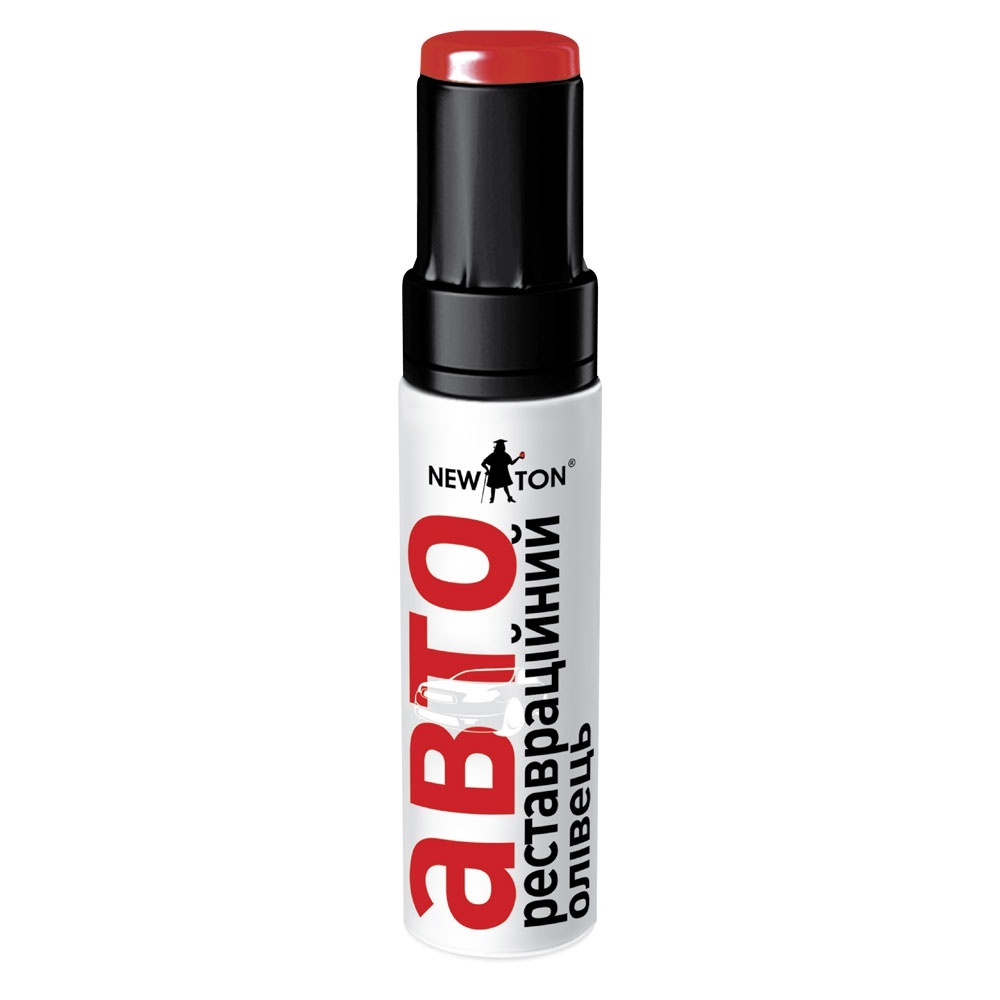
Transmission Oils
Transmission oil performs two main functions - it lubricates the rubbing pairs of parts and removes heat from them during operation. Gear oil manufacturers add a different number of additives to their products. They have anti-foaming, anti-opposition, anti-seize and many other properties. Also among the key tasks that the oil fluid performs:
reduces shock loads, noise and vibration levels;
reduces heating of parts and friction losses.
All gear oils differ in the type of base.
Inexpensive mineral oils are almost non-existent today and are used mostly in rear wheel drive vehicles. A significant "minus" of such compositions is the short service life and the absence of substances that promote self-cleaning.
Semi-synthetic gear oils. Semi-synthetic oils can be found in the gearboxes of front-wheel drive cars of the economy class. Under normal operating conditions, this type of oil is able to protect parts from wear until the car has traveled 50 - 000 km. The special additives that make up the “semi-synthetics” well protect the metal from destruction due to friction and corrosion, and the reasonable price makes these oils the most in demand on the market.
The most expensive and high-quality are synthetic oils. They are able to endure strong temperature fluctuations. Synthetics are most popular in areas with frosty winters and hot summers. Because of the high-tech additives, synthetic oils are truly durable.
There are only two types of gearboxes:
Automatic gearbox;
Mechanical gearbox.
In an automatic transmission, torque is transmitted using a special oil, and in a manual transmission, by means of gears of different diameters and with a different number of teeth, which increase or decrease the speed of the secondary shaft KΠΠ. Due to the different device, oils for automatic transmission and manual transmission are significantly different and cannot be replaced with one another. And every car owner should know this.
Mechanical KΠΠ are structurally very different, not to mention automatic machines. For their manufacture, completely different materials, metals and alloys are used. If in one car the manufacturer requires changing gear oil every 50-60 thousand kilometers, then for another this period can be 2 or 3 times longer.
The oil change interval is specified in the passport of each car. The manufacturer sets a shorter shift period for severe operating conditions - for example, if the car drives on a dirt road or in areas with a lot of dust.
Some gearboxes are sealed and run on “eternal” oil (according to the manufacturer). This means you don't have to open the transmission and it won't need a fluid change.
The best solution is to read the factory manual specifically for your car. If the car was purchased in the secondary market, then it is worth changing the oil in the gearbox immediately after purchase.

